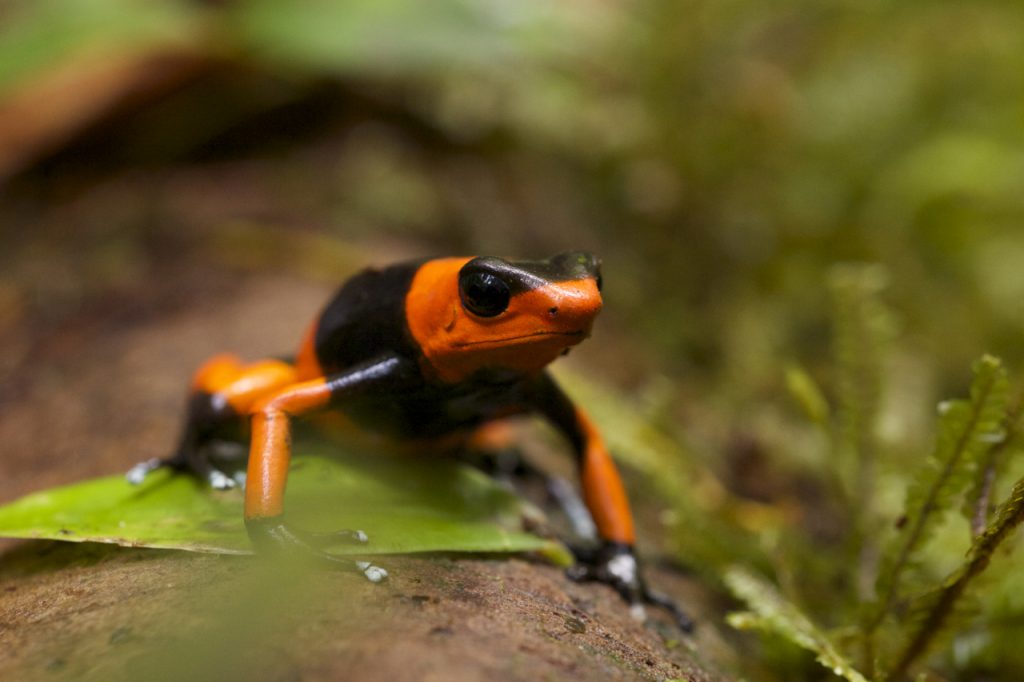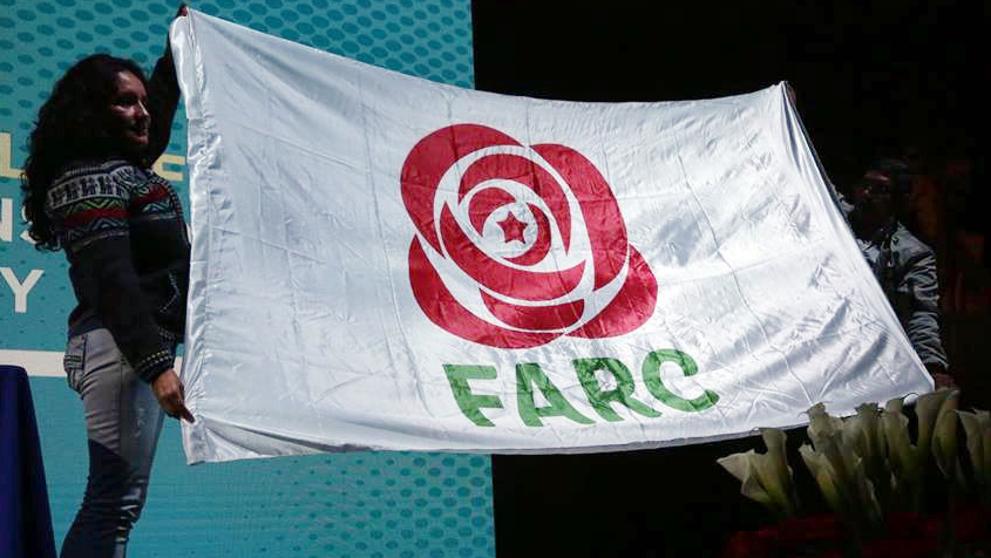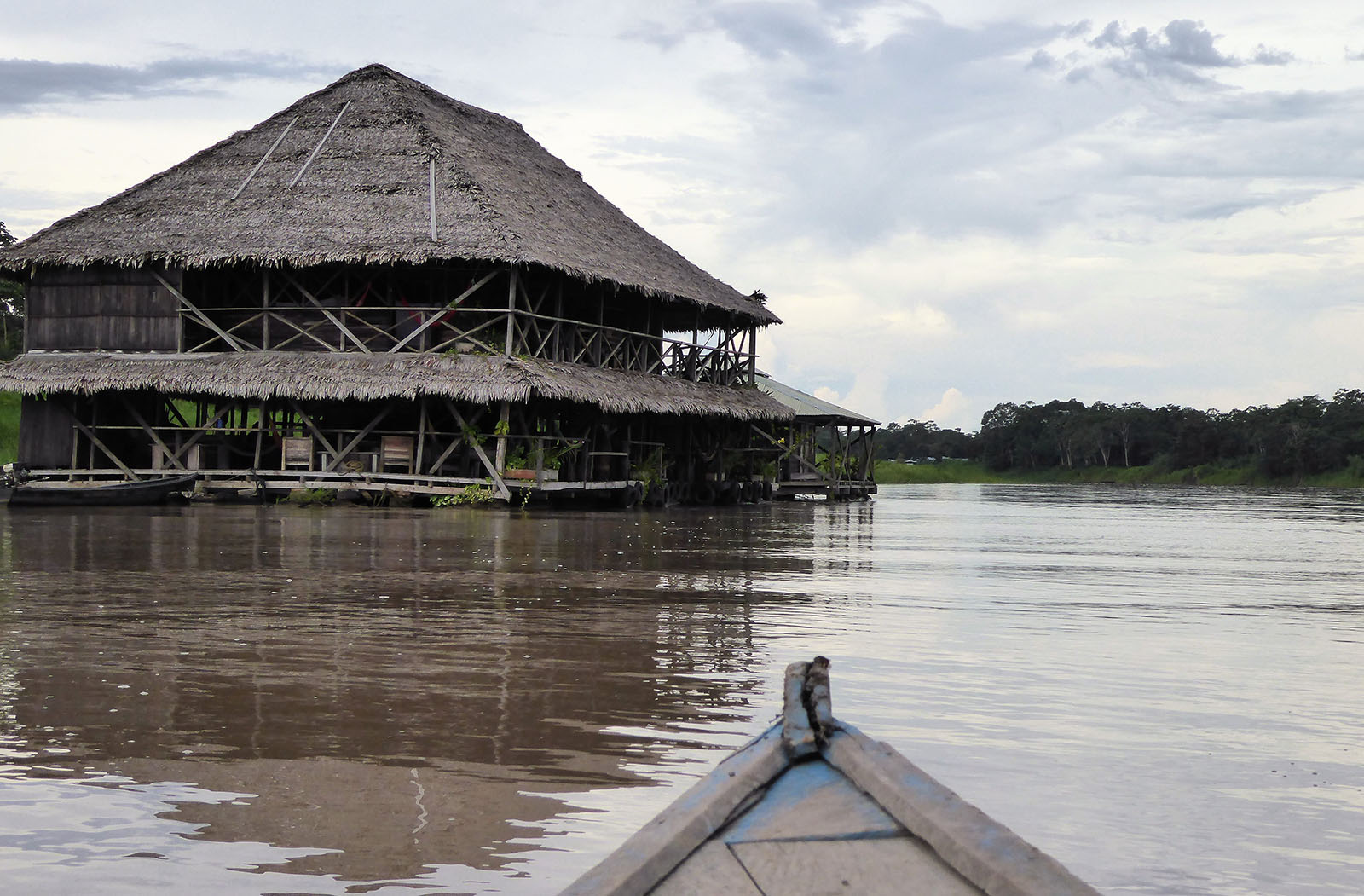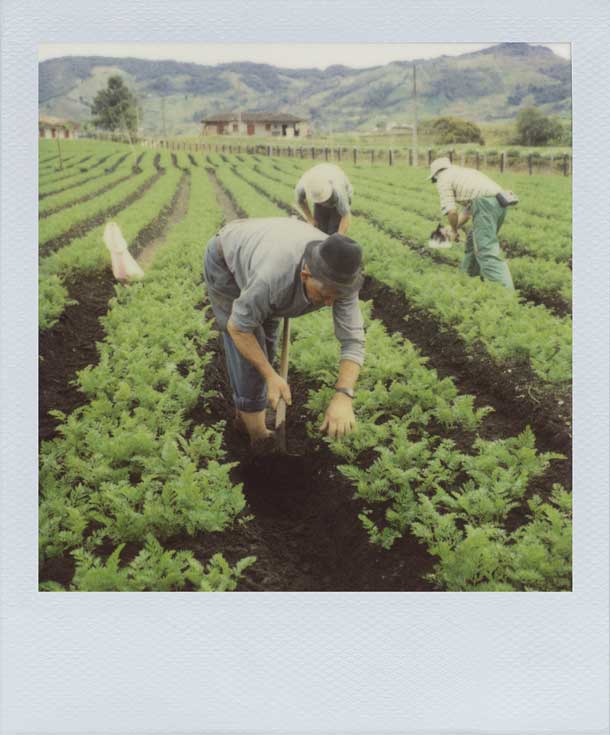
O. Lehmani. Photo courtesy of Martin Bauert, Fundacion Zooligico de Cali
A few weeks ago at the El Dorado International Airport in Bogóta, police thwarted smugglers’ attempt to transport over 200 poisonous frogs into Germany. According to the AP report, the frogs were discovered in small film canisters hidden at the bottom of a clothes-filled bag. Authorities have identified several species of the amphibians as being native to the Pacific region of Colombia and have a black market value of up to $2,000 per frog.
Animal smuggling has long been a thorn in Colombia’s side. After the largest animal trafficking ring in the country was discovered in 2016, reports estimate that the animal smuggling industry in Colombia is valued at $17 million.
In addition to poisonous frogs, other trafficked species are parrots, parakeets, turtles, macaws, flamingos, toucans, deer, seagulls, storks, chigüiros, canaries and small primates. The most commonly trafficked species of these, however, are turtles, primates, parrots and macaws. Nearly two and a half years after the major bust in 2016, The Bogotá Post spoke to the head of biology at the Cali Zoology Foundation, Carlos Andres Galvis Rizo, for a status update on the illicit industry.
“The problem continues in the country,” Galvis said. “It’s a very lucrative business but unfortunately, the prisons are full and the justice system is not as interested in putting pressure on animal smugglers as they are drug traffickers.”
While the smugglers’ identities are unknown, the intended buyers were European collectors. Galvis also added that it’s very difficult to determine the motive behind purchasing the already-threatened species —whether it be to keep the animals as pets or to extract their poison.
Working alongside the authorities, conservation initiatives like Galvis’ not only attempt to protect the threatened species but also spur their reproduction. As it is with Oophaga Lehmani, the fluorescent orange (and sometimes yellow) and black amphibian, reproduction is quite difficult and requires a great deal of expertise, which is why the Cali Zoology Foundation has teamed up with the Zurich zoo (with support from WCS) for an initiative called–Amphibian Conservation Strategy in Colombia–to study the species and educate the public on the threats it faces. In addition to Oophaga Lehmani, authorities identified Oophaga histrionica (black with bright yellow spots), and Oophaga sylvatica or the “kiki frog” (camouflaged in brown and orange), as being among the species of stolen frogs.
There have already been attempts to disrupt the illegal sale of animals. In 2011, one conservationist, Ivan Lozano-Ortega, opened up his own legal market of threatened frogs. Contributing to the rarity and inaccessibility of the species, the region where they are found has been plagued by the war between the Colombian government and the Revolutionary Armed Forces of Colombia (FARC) for over five decades. And after the peace accord was signed in 2016, Lozano-Ortega and many conservationists alike feared that the species would be even more vulnerable.
“Now that the conflict is gone, it will be like opening a door that has been closed for ages. Colombia is not prepared to deal with the demands of wildlife conservation. We need to look at different approaches,” he told Vice’s Motherboard.
Another approach, Galvis believes, comes from the communities that have lived with the frogs in their midst for centuries. Long before foreign collectors coveted these bright creatures as novelty pets, indigenous communities like that of Joaquincito used the frog’s poison to make their hunting arrows more lethal. But now as the species faces extinction, Galvis hopes that mobilizing this same community to advocate for the frogs and against the trafficking of fauna will prove to be a model for the rest of the world.
“The issue of conservation affects many more animals other than just frogs. There is an urgency to contribute to the conservation of all species on the border of extinction,” he told The Bogotá Post. “It’s important that they take control of their own resources. But also be their protector.”




